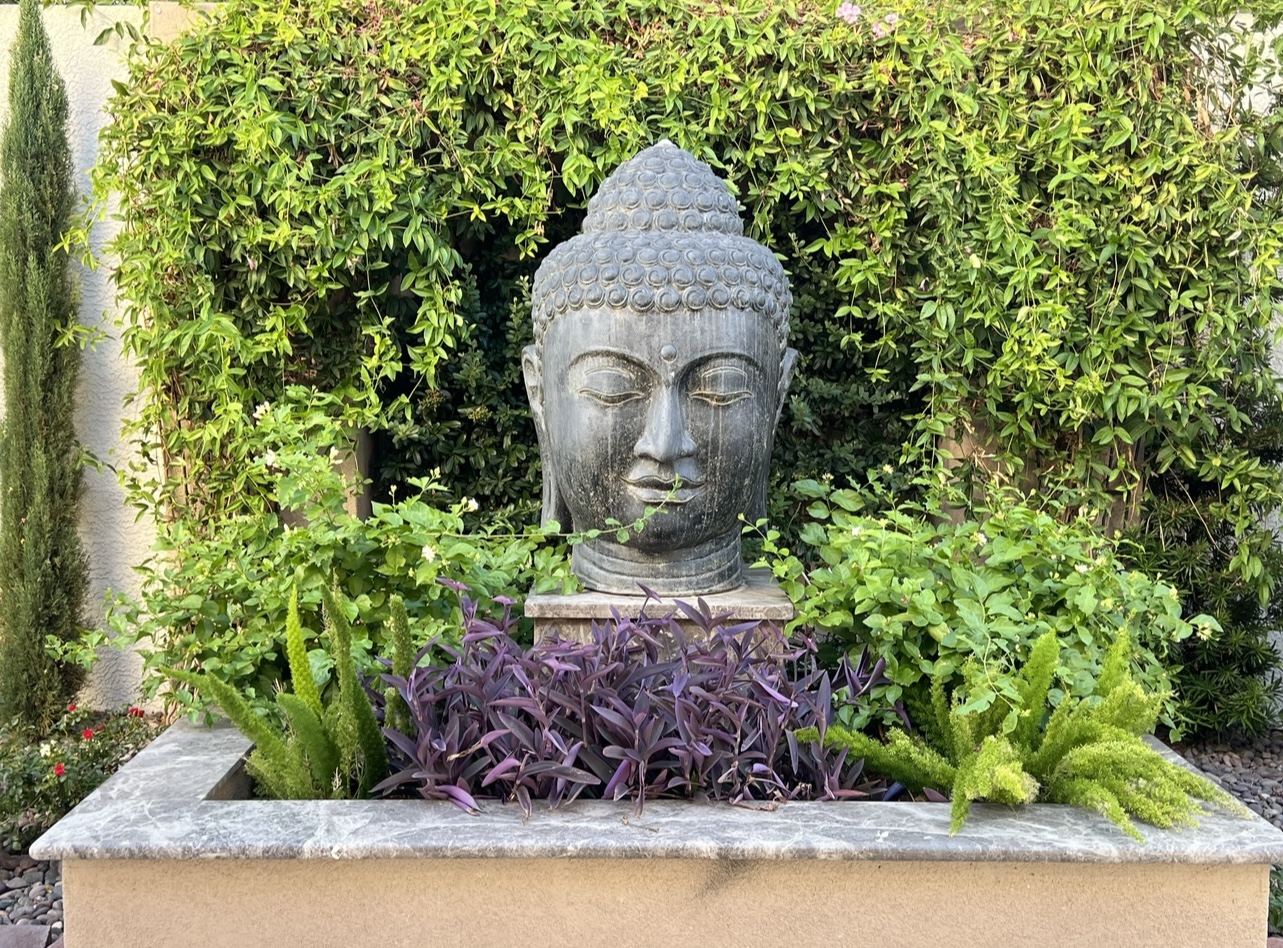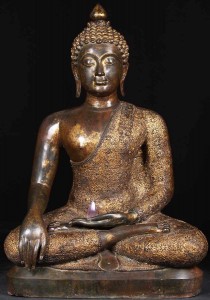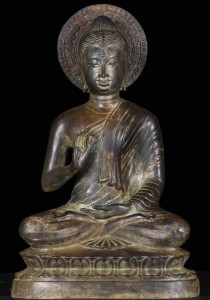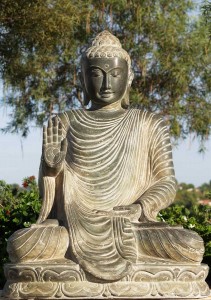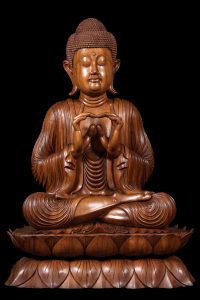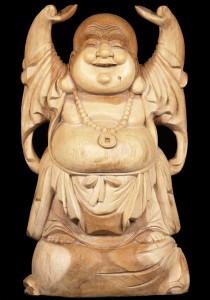It is often considered as one of the most hectic tasks to find the perfect combination of both peace as well as serenity in today’s fast-paced world that doesn’t stop for anyone, no matter who you are or what you have achieved so far in this life. Nevertheless, by incorporating premium Buddha statues into your precious home or garden, you can effectively create a serene environment that eliminates negative energy like it never existed before. Moreover, these statues don’t only help you add an ultimate touch of elegance into your surroundings but also in bringing a divine sense of calmness, balance, as well as spirituality, over time.
Thus, here in this article, we’ll thoroughly discuss why these premium Buddha statues can be considered as one of the best options for your precious Zen garden and home as well as how they help you achieve the ultimate peaceful surrounding of your dreams.
Why are Buddha Statues a Perfect Choice for your Zen Garden?
Creating a Zen garden is not just all about maximizing its overall aesthetic appeal but also creating a surrounding that can efficiently boost relaxation, reflection, as well as inner peace without any compromises at all. Moreover, Lord Buddha sculptures are often considered as the best choices whenever it comes to transforming your regular spaces into the world of ultimate calmness as well as serenity.
Furthermore, here are some of the most common reasons why you must give a try to premium hand-carved Lord Buddha statues:
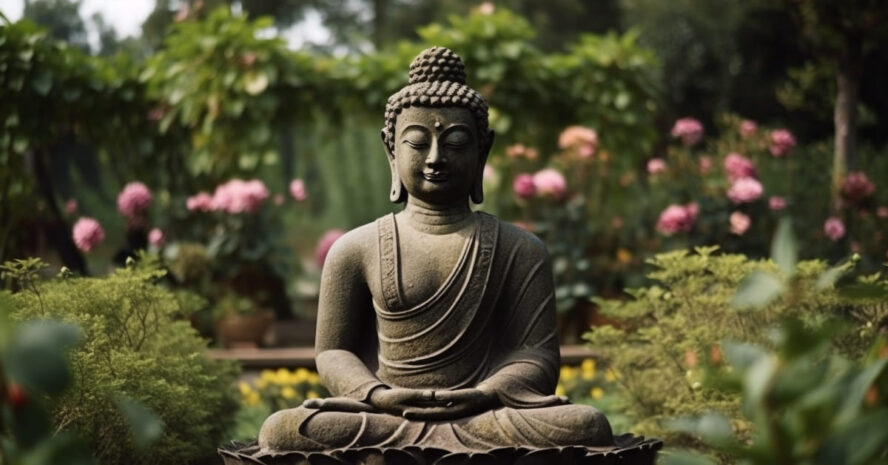
1. Buddha Statues Upgrades Aesthetics
Lord Buddha statues usually come in a wide range of sizes, styles, as well as materials, in order to elevate the overall elegance of any space without any compromises on the quality at all. Thus, regardless of whether you’re someone who wants a small Buddha statue for your Zen garden to create a peaceful, relaxing, as well as aesthetically pleasing corner or a large, dramatic statue for showcase purposes, these statues can effectively blend into any surrounding to maximize their overall aesthetic appeal and require minimal maintenance efforts in the long run.
Moreover, the serene face as well as elegant postures of Lord Buddha statues are highly effective in creating a welcoming environment that can attract anyone just like a moth to a flame and helps in maximizing your overall joyful moments of calmness over the period of time.
2. Buddha Statues Maximizes Spirituality
In Buddhist culture, Lord Buddha statues are believed to maximize the overall positive energy as well as create an ultimate sense of a much-needed balance not just in terms of mental well-being but also in emotional well-being. Moreover, by placing these statues into your Zen garden or vibrant living spaces, you can effectively achieve your overall spiritual goals in the long run.
Furthermore, the overall divine energy that is surrounded by Lord Buddha sculptures is also believed to cleanse your precious space as well as bring ultimate harmony to it over the period of time.
3. Buddha Statues Boosts Mindfulness
Lord Buddha statues are considered as an ultimate reminder to help you slow down as well as reflect so that you can efficiently focus on the present moments rather than getting anxious about your past issues or problems. Thus, regardless of whether you’re someone who wants to place these statues in your Zen garden or indoor spaces like near a window, these Buddha statues are highly effective in helping you to take a much-needed peaceful break for yourself so that you can either meditate with great concentration or enjoy the stillness of your precious surroundings.
Moreover, this mindfulness practice boosts both your mental health as well as overall well-being so that you can effectively manage your stress and achieve an ultimate sense of serene calmness over time.
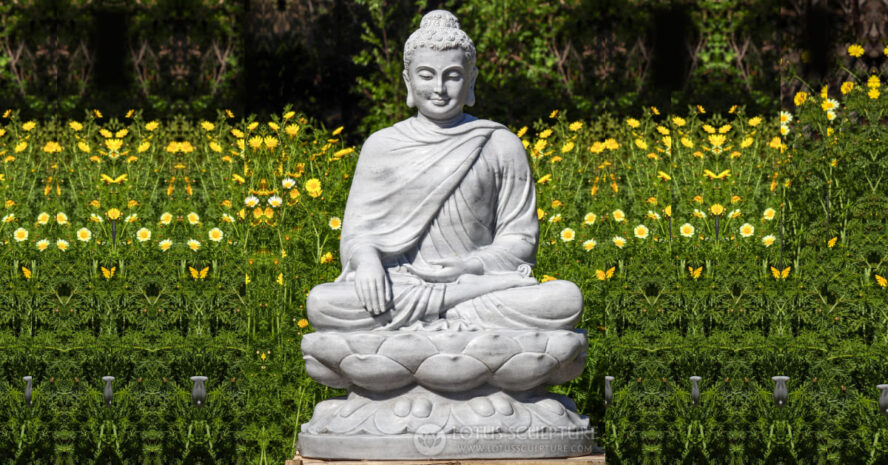
Lord Buddha sculptures often served as a meaningful as well as beautiful addition to your Zen garden or precious home, not just in terms of aesthetic appeal but also in spirituality. Moreover, by placing a premium Lord Buddha statue in your precious space, you are not only welcoming a perfect blend of both peace as well as balance but also a much-needed mindfulness into your life. Thus, regardless of whether you’re someone who wants Lord Buddha statues for your garden, meditation, or decoration purposes, these statues have something for everyone to help you achieve your overall spiritual goals as well as healthy well-being over time.
Do you also want to turn your precious home or Zen garden into a never-ending world of serenity? Then, don’t look any further and browse Lotus Sculpture’s Buddha Statues Collection today to explore our wide range of premium hand-carved Lord Buddha statues that never compromise on quality or spiritual values at all. Visit us today to welcome peace as well as an ultimate sense of serenity into your precious space!

